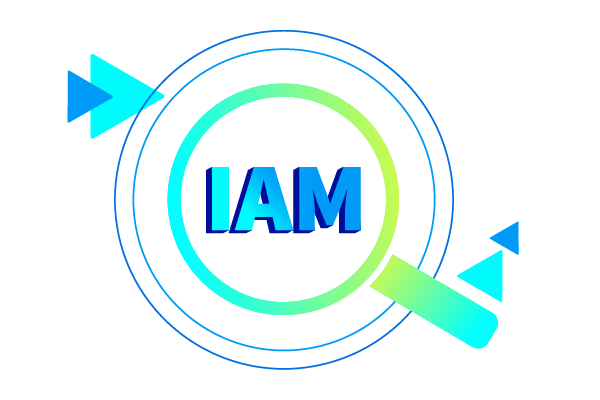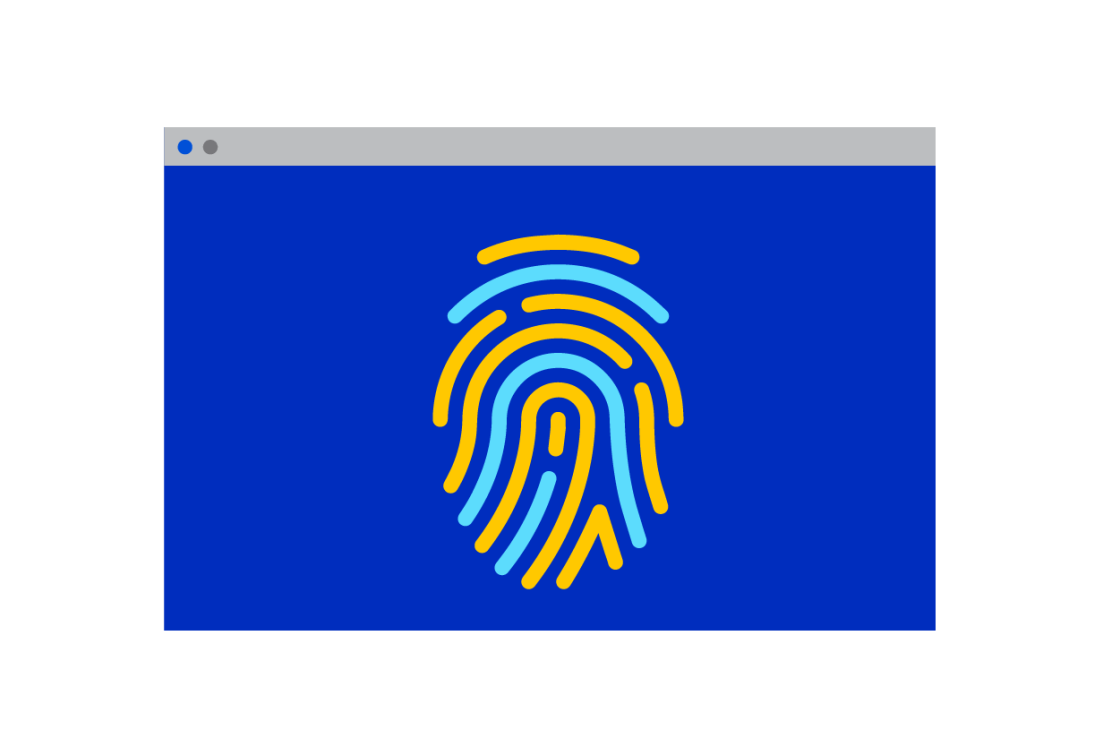What is Identity and Access Management?
Identity Access Management offers a framework of technologies and processes that only allow users with official authorisation to access enterprise data, resources, assets, and more. This helps protect business from malicious actions and ensures best IT practices are maintained, all while enabling regulatory compliancy targets to be met.

Defining Identity Access Management
To understand what is identity and access management, it’s important first to understand enterprise's current digital landscape. Digital solutions and their ability to analyse data sets have introduced huge benefits for business including more effective strategising and increased productivity. However, this shift to digital has also left enterprise data, assets and resources far more exposed to both internal and external threats – especially those involving identity and access.
But how does an enterprise ensure that only the right people with the right permissions can access sensitive data, resources and systems? It’s a question that keeps IT departments up at night as adopting the wrong strategy could cause catastrophic financial damage and reputational harm to an enterprise.
Modern approach for a modern problem
Designed to address these issues, identity access management offers a framework that enables IT managers to put restrictions on who can access enterprise data, resources, assets and systems. Those who are ‘identified’ as legitimate can quickly access the resources they are authorised to.
However, those who are not – such as hackers or employees without suitable authorisation – are locked out. To be clear, while no system offers total protection for a company operating within an ever-evolving threat landscape, an access and identity management solution offers the best possible solution at this time. It is capable of identifying and intercepting potential malicious actions or stopping data breaches before they happen. Crucially, such identity and access management tools represent a step change in data protection while showing a genuine commitment to best IT practices moving forward.
How does Identity Access Management work?
Managing identity
The identity element of identity access management is managed in three different ways:
Identification
At the core of any access and identity management solution is its identity management database. This details all employees and stakeholders and their digital identities such as name and ID number as well as their role. Crucially, different levels of access can be given depending on digital identity classifications. For example, sensitive financial information can be assigned so it is only accessible to relevant identities while data with no or low sensitivity can be accessed by multiple identities or job types (see How does Identity Access Management work? below).
Updates
Company personnel and stakeholders roles are constantly evolving so a successful identity lifecycle management is required. This means if someone leaves the company, their access is stopped or if an employee is promoted, their access privileges can be changed to suit their role within the identity access management solution.
Authentication
Identity and access management solutions can deploy different types of authentication to ensure the person attempting to use an identity in the identity management database is actually theirs. Authentication processes include two-factor authentication. This sees you entering your username and password – the first factor – before being asked to provide a second factor.
The second factor is typically a one-time code sent to your email address or mobile phone, which must be entered before you are given access. This is a similar service offered by customer identity and access management solutions deployed by banks to confirm an online purchase.
Managing access

What tech and processes underpin Identity Access Management?
Single Sign-On (SSO)
Attribute-based access control (ABAC)
Privileged access management (PAM)
Role-based access control (RBAC)
Access controls are typically put in place using RBAC. This enables you to assign permissions within your identity access management solution based on the role of the employee, defining what access they have – and don’t have. This powerful functionality allows you to fine tune permissions on a granular level right down to individual users and what specific actions they can carry out.
For instance, a junior IT employee can be given permission to access and monitor, say, specific hardware performance. However, they will not have permission to make any actual changes. Instead, they must report any issue to a user with suitable permissions or an individual with PAM (see below) to make the required changes. Combined, this massively improves overall security and reduces the risk of unauthorised actions taking place.
Adaptive authentication
Critical Security Controls (CIS)
Working in tandem with identity access management to create a robust cybersecurity strategy, CIS delivers the framework for instilling security and data security best practises within an enterprise while identity and access management is responsible for managing identities and permissions.
The benefits of IAM to business
Protecting enterprise
Simplifying processes
Embracing digital
We live in a digital-first world where access to enterprise systems can be requested from BYOD, remote working, IoT devices, and many more. The ability of identity and access management to bring together all these request types into a single hub that defines permissions and carries out authentication is vital to remaining in control of network security.
Safeguarding data
Just as important as who can access data is how that data is transmitted. The right identity and access management solution will offer data encryption tools that encrypt data in flight so even if it is intercepted by a malicious party – or falls victim to a data breach – the data itself remains encrypted, rendering it worthless to an unauthorised recipient.
Freeing up IT
Deploying AI
As previously highlighted, artificial intelligence is playing a larger role in identity access management systems. For instance, AI can create a baseline for normal user behaviour right down to an individual user. When AI detects an individual user is making, say, an unusual amount of login attempts, it can flag this as a potential threat to security, locking the user out if required.
Ensuring compliancy
Enterprise can use identity access management’s access logs for auditing purposes. Internally, this means users can be monitored to ensure they are not abusing their access permissions – or potential hackers can be identified and isolated from the enterprise’s IT system. Just as importantly, such the exceptional audit capabilities offered by identify and access management enable enterprise to demonstrate to regulators that they are strictly adhering to security legislation including the General Data Protection Regulation.
How to implement identity access management within an enterprise
Plan
… the goals for the identity access management and garner stakeholder buy-in by asking them what their requirements are – and crucially, what their expectations will be for the completed solution.
Define
… who should be given access to which data, resources, assets and systems – and at what level – to create a robust access policy that is also aligned with the organisation’s security and compliance requirements.
Source
… identity and access management technology that is right fit for your organisational needs via a reputable IDaaS provider (cloud-based solution) or an on-premise solution.
Configure
… the identity access management solution with the authentication methods required as well as ensuring the solution will integrate with existing technologies and apps used by the enterprise.
Deploy
… an identity and access management solution in stages, never all at once, to ensure the solution is fully tested and any issues are resolved immediately without impacting on the entire organisation.
Train
… staff in how to use identity and access management tools to ensure user buy-in and confidence in the new solution, while underlining best practises for security.
Monitor
… and maintain the identity access management solution as it is rolled out across the company; such monitoring should continue on a rolling basis and the solution constantly updated when patches or updates become available.
Evolve
… the identity access management solution as the needs of the organisation change to deliver true scalability that can support the enterprise moving forward. Also, update access policies as when required to ensure the IAM remains aligned with the company’s needs at all times.
OVHcloud and IAM

Ace user/role management
By adopting OVHcloud’s OpenStack approach, you can take full role-based access control, managing user roles and defining the actions they can perform on your infrastructure – whether they are human- or automation tool-sourced.
